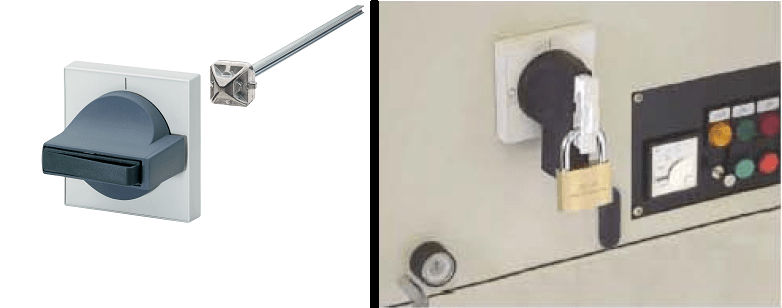M.Barzegar
Electrical
Hello everyone.
We have several 400V MCCs in our factory with withdrawable unit cubicles (SIVACON 8PT). The current practice for disconnecting power supply to electric motors in our factory is that we switch off the MCCB and we also withdraw the power unit completely. Because of the high number of connect/disconnect, these power units are starting to show some mechanical issues like in connectors and contacts.
Recently it was proposed to prevent these issues, we should only switch off MCCB but leave the power units in position. This decision was contested by our factory’s Health and Safety group because they believed it is not completely safe as technicians who perform maintenance on these electric motors are extremely exposed and an unwanted start of motors could cause even death.
My question is what is the standard approach in your facility? And is there any standard or reference I can refer to on this subject?
Thanks a lot.
We have several 400V MCCs in our factory with withdrawable unit cubicles (SIVACON 8PT). The current practice for disconnecting power supply to electric motors in our factory is that we switch off the MCCB and we also withdraw the power unit completely. Because of the high number of connect/disconnect, these power units are starting to show some mechanical issues like in connectors and contacts.
Recently it was proposed to prevent these issues, we should only switch off MCCB but leave the power units in position. This decision was contested by our factory’s Health and Safety group because they believed it is not completely safe as technicians who perform maintenance on these electric motors are extremely exposed and an unwanted start of motors could cause even death.
My question is what is the standard approach in your facility? And is there any standard or reference I can refer to on this subject?
Thanks a lot.

